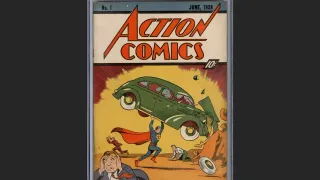May 2, 2018
'Brokeback' Author E. Annie Proulx Honored by Library of Congress
READ TIME: 1 MIN.
For the second time within a year, E. Annie Proulx has received a lifetime achievement award.
The author known for "Brokeback Mountain" and "The Shipping News" is this year's recipient of the Library of Congress Prize for American Fiction. On Wednesday, Librarian of Congress Carla Hayden praised the 82-year-old Proulx for her "monumental sagas and keen-eyed, skillfully wrought stories."
Last fall, Proulx was presented a National Book Award Medal for Distinguished Contribution to American Letters. Her other works include the novels "Barkskins" and "Postcards." Her previous honors include the Pulitzer Prize for "The Shipping News" and the PEN/Faulkner award for "Postcards."






